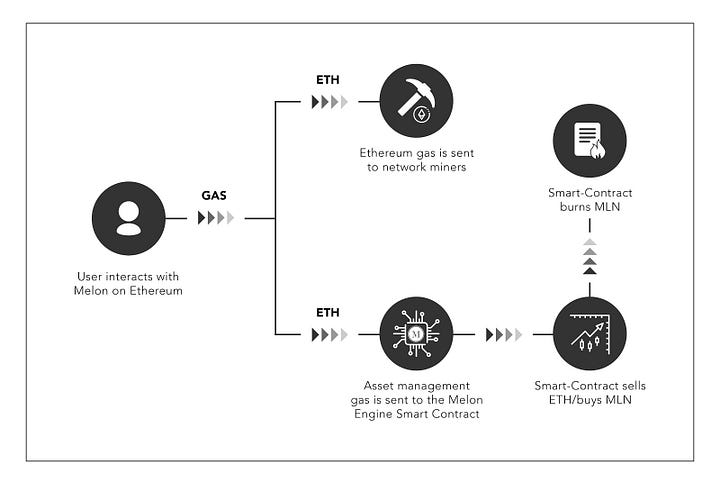Utility Token Models
Sunday, 7 April 2019 · 20 min read · cryptoeconomics
Relying on meme magic to support a token value is a risky idea. While attractive because of its ability to raise capital, these tokens will find themselves at risk of collapse when the market turns.
For a token to have a stable value, it needs token sinks - places where tokens can be ‘spent’ so the total circulating supply decreases over time. In this article, we’ll examine several real-life token projects and how they make their tokens spendable. We’ll look at three token models: Protocol Tokens, Platform Tokens, and Governance Tokens.
📬 Get updates straight to your inbox.
Subscribe to my newsletter so you don't miss new content.
1. Protocol Token
In the protocol token model, developers offer a service in the form of a decentralized protocol and charge a usage fee payable in a unique token issued by the founding team.
Kyber
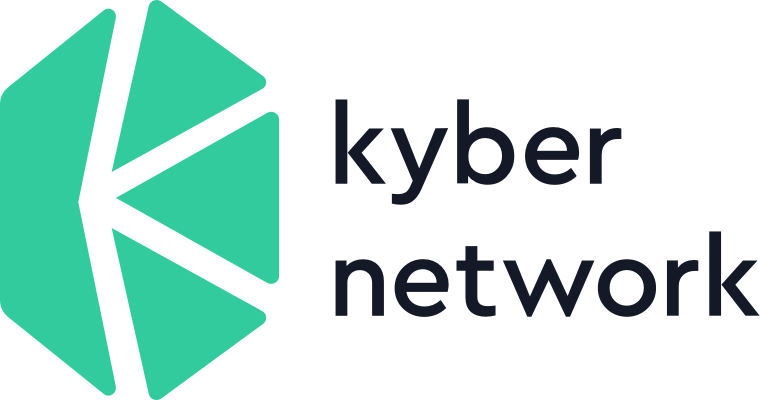
Kyber Network offers an on-chain liquidity protocol that allows decentralized ERC20 token swaps to be integrated into any application. For example, dApps can allow users who are not their token holders to utilize their platform and services with other tokens.
Kyber Network Crystal (KNC) is Kyber’s protocol token. With the Kyber protocol, users can add liquidity to a reserve pool and earn trading fees whenever somebody does a token swap. Anybody can create liquidity pools, but are required to purchase KNC to pay for their operation in the network. Kyber Network charges transaction fees, in KNC, from these reserves.
In each transaction, a portion of the collected fees (in KNC) on Kyber Network are burned (taken out of circulation forever.) Because protocol fees paid are used to buy back some of the token and burn it; this makes the protocol token backed by the future expected value of upcoming fees spent inside the network.
Augur
Another example of a protocol token is Augur’s REP.
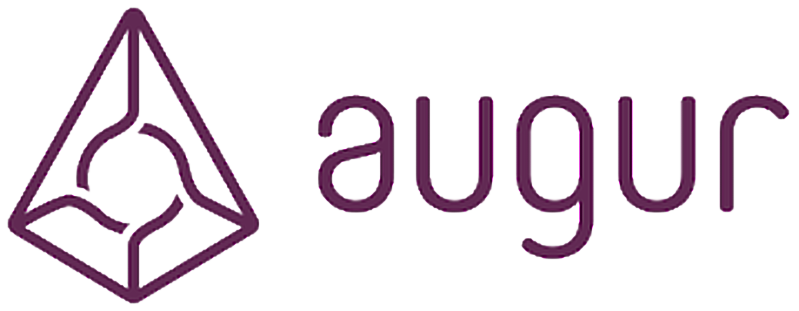
Augur is a decentralized oracle and prediction market protocol built on the Ethereum blockchain. Using the protocol, you can forecast events and be rewarded for predicting them correctly.
REP is the unique token usable on the Augur prediction market platform. Augur’s REP token gives the right to individuals to report or weigh in on the outcome of events in prediction markets. It can be earned by people who provide truthful reports. The REP token is required to:
- Create a bet.
- Dispute a bet’s outcome.
And it can be earned from:
- Reporting on a bet accurately gives fees in proportion to the amount of REP staked. Conversely, token holders that stake behind inaccurate outcomes are penalized.
- Being right about a dispute. If you successfully dispute an outcome you receive 1.5x the REP that you staked.
MelonPort
The MelonPort asset management protocol charges fees (native gas) in MLN tokens for users to use the protocol. The protocol uses a buy-and-burn model where protocol fees are used to buy MLN tokens and burn them.
However, users have to own both Ether and MLN tokens in order to use Melon on Ethereum. This is already one token too many! To overcome this problem, the Melonport team came up with the idea that users should be able to interact with the Melon Protocol while only holding and transacting with Ether, thereby creating a truly seamless experience for the user.
The Network Transaction Fee would be split into two components:
- The Ethereum gas — the required amount of gas to transact which is paid to the Ethereum network for it’s computing power (charged at the Ethereum gas price)
- Asset management gas — the required amount of asset management gas to transact which is paid to the Melon network (charged at the Melon gas price).
The Ethereum gas goes to the miner as usual and the asset management gas would be sent to a special smart-contract forming part of the Melon Protocol, the Melon Engine.
The Melon Engine serves two purposes:
- The first is to collect the asset management gas in Ether and convert it from Ether into MLN. It does so by bidding for Melons with the collected Ether. If the bids are not being hit, the Melon Engine can increase the bids until the price is high enough that someone eventually hits the bid.
- The second purpose of the Melon Engine is to simply burn the acquired MLN tokens. In other words, the Melon Engine smart-contract would be permanently and irreversibly sending the tokens it just bought to an Ethereum Address which is provably inaccessible, effectively removing the tokens from the total token supply.
This creates a native “buy” demand for the Melon token which is linked purely to usage of the network.
2. Platform Token
In the platform token model, developers offer a service in the form of a centralized platform and charge a usage fee payable in a unique token issued by the founding team.
Binance
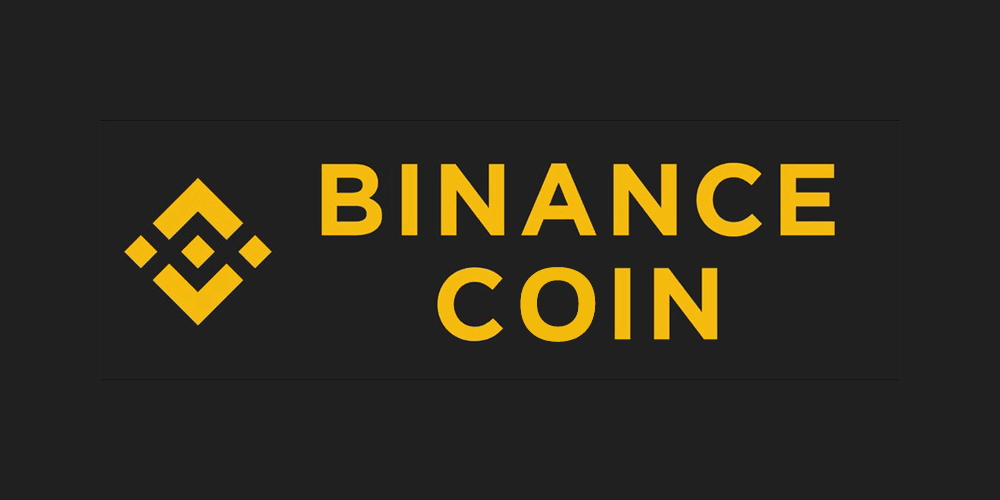
Binance is a global cryptocurrency exchange that provides a platform for trading more than 100 cryptocurrencies. Since early 2018, Binance is considered as the biggest cryptocurrency exchange in the world in terms of trading volume.
Binance Coin (BNB) is a cryptocurrency created by Binance. The BNB token has multiple forms of utility, essentially being the underlying gas that powers the Binance Ecosystem.
💡 While major exchanges around the world were charging a minimum of 0.2% on trades, Binance launched with a 0.1% fee and halved that to 0.05% for anyone trading with BNB.
The current most prominent use case for BNB is to pay for trading fees on the exchange. You can use BNB to pay for any fees on Binance platform, including but not limited to: Exchange fees, Listing fees, and any other fee. When you use BNB to pay for fees, you will receive a significant 50% discount (during the first year.)
Every quarter, Binance burns BNB tokens based on the trading volume on the platform until 50% of all the BNB is destroyed. Most recently, Binance burned $9.4 million worth of BNB on its 6th quarterly coin burn.
In the future, Binance will build a decentralized exchange, where BNB will be used as one of the key base assets as well as gas to be spent. Transactions fees of the DEX will need to be paid in BNB.
The BNB token is also continuously adding new ways to spend the token such as to buy goods and services from affiliated partners.
3. Governance Token
In the governance token model, token holders have the ability to vote on changes that can determine the rules of the whole network.
MakerDAO
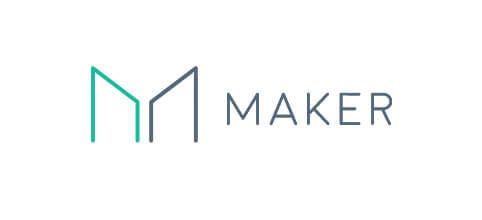
MakerDAO is the creator of Dai, an asset-backed decentralized stablecoin on the Ethereum blockchain. The MKR token is a protocol and governance token for the MakerDAO ecosystem.
Dai are created through a system of Collateralized Debt Positions (CDPs), where a user can send Ether to a smart contract, which then returns an amount of Dai based on the collateralization ratio. The user is then free to spend that Dai however they please.
In order to get their collateral back, the full debt denominated in Dai needs to be returned plus interest which is to be paid in MKR and is subsequently burned. The MKR token is needed to pay this ‘stability fee’ for continued usage of the protocol. The protocol burns MKR protocol token over time following continued usage, reducing the total supply and making the asset more scarce.
MKR is also a governance token that plays an important role in the governance of the Maker Platform. MKR gives holders the ability to vote on changes to the MakerDAO protocol (specifically the Dai stablecoin Credit System) that will impact the future of the system. Token holders have the right to vote on changes such as:
- Type of CDPs the protocol allows: This can include CDP’s with collateral other than Ether.
- Risk Parameters: Debt ceiling, liquidation ratio, stability fee, liquidation penalty, etc.
- Set of oracles: These are the set of nodes that the platform uses to get the prices of collateral. MKR holders decide who these nodes are and how many of them exist.
Summary
In this article, we looked at a handful of real-life projects and token models. For a token to have sustainable long-term value, it needs to be spendable for an intrinsically valuable service. For every project highlighted, a portion of fees paid in the network are used to burn tokens, reducing the total supply and making the asset more scarce. In other words, the tokens are backed by the future expected value of upcoming fees spent inside the network.
How developers can capture value from an open source, decentralized protocol remains an open problem. As the crypto ecosystem matures, we’ll continue to find new ways to transact with and utilize programmable tokens.
📬 Get updates straight to your inbox.
Subscribe to my newsletter so you don't miss new content.
